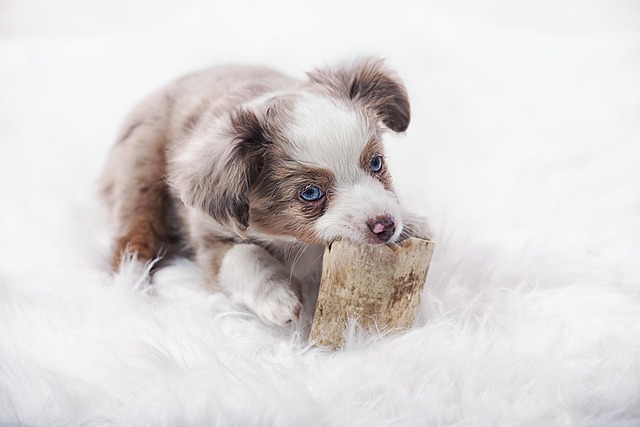
How do i train my dog to be obedient?
Watching your dog dart across the park ignoring your calls isn’t just frustrating—it can put them at risk near busy streets or public spaces.
Consistency is key, but so is reading the signs. A puppy that’s getting the hang of potty training will start showing deliberate behaviors—like pausing mid-play, sniffing the floor in a focused way, or even trotting toward the door without prompting. These aren’t just random moves; they’re your pup’s way of communicating the need to go, a clear step up from the accidents that come with inexperience.
You’ll notice longer stretches between bathroom breaks, too. A 3-month-old might once need to go every hour, but as training sticks, they’ll hold it for 2–3 hours, even through naps. This isn’t just about bladder control—it’s a sign they’re learning to associate “outside” with the right place to relieve themselves.
Accidents become rare, and when they happen, there’s usually a clear reason: maybe you missed their signal, or they got overly excited during play. A fully potty trained puppy will rarely have accidents out of nowhere, and they’ll often show signs of remorse if they do, like cowering or avoiding eye contact—though it’s important not to scold them harshly, as that can set back progress.
 Another telltale sign is their willingness to “ask” to go out. Whether it’s pawing at the door, barking softly, or bringing you their leash, these actions show they understand the routine. In many places, this isn’t just a convenience—it’s part of being a responsible pet owner, as local laws often require dogs to be kept from soiling public spaces or private property without permission.
Another telltale sign is their willingness to “ask” to go out. Whether it’s pawing at the door, barking softly, or bringing you their leash, these actions show they understand the routine. In many places, this isn’t just a convenience—it’s part of being a responsible pet owner, as local laws often require dogs to be kept from soiling public spaces or private property without permission.
Finally, they’ll start to hold it through the night. A puppy that can sleep 6–8 hours without needing a midnight potty run is well on their way to being fully trained. This milestone not only makes life easier for you but also reinforces their ability to control their bladder, a crucial skill for adhering to community rules and keeping your home clean.
Remember, every puppy learns at their own pace. Celebrate small wins, stay patient, and always keep local regulations in mind—many areas have specific rules about cleaning up after your dog, and consistent potty training is the first step toward following them. With time and positive reinforcement, you’ll know your puppy is ready when these signs become second nature.

Watching your dog dart across the park ignoring your calls isn’t just frustrating—it can put them at risk near busy streets or public spaces.

New puppy owners often find themselves rushing to clean up accidents before they set in, and that’s where puppy pad training becomes a game-changer.

If you've noticed your dog's waistline disappearing and your veterinarian has mentioned those few extra pounds, your first instinct might be to simply reduce the amount of food in their bowl.

Training a dog to use a designated spot indoors isn’t as daunting as many new owners fear, but it does take consistency and an understanding of your pet’s needs.

That moment of dread on a walk is all too familiar for many new dog owners. You see another dog approaching down the sidewalk of your neighborhood

If the sight of another dog on your neighborhood walk makes your heart sink as your own dog erupts into a frenzy of barking and lunging, you're not alone.